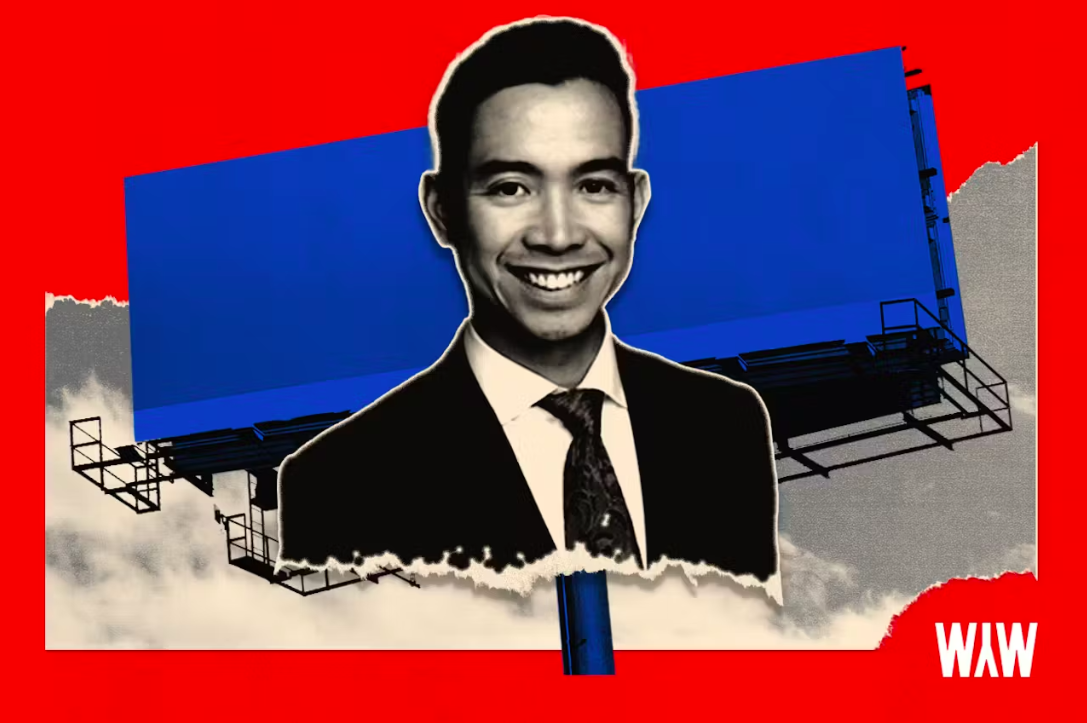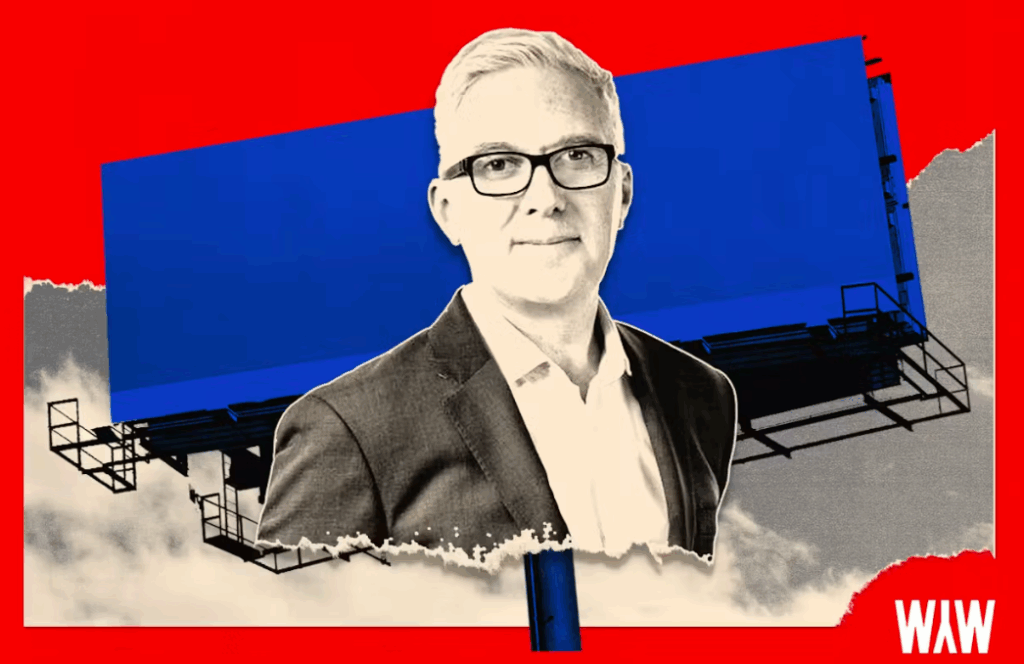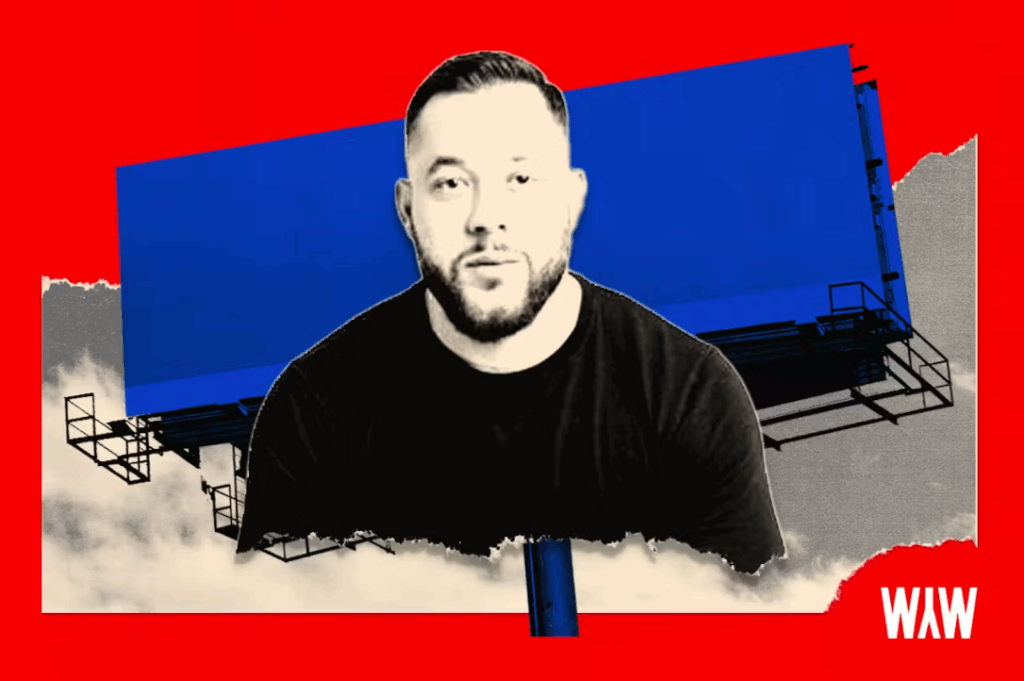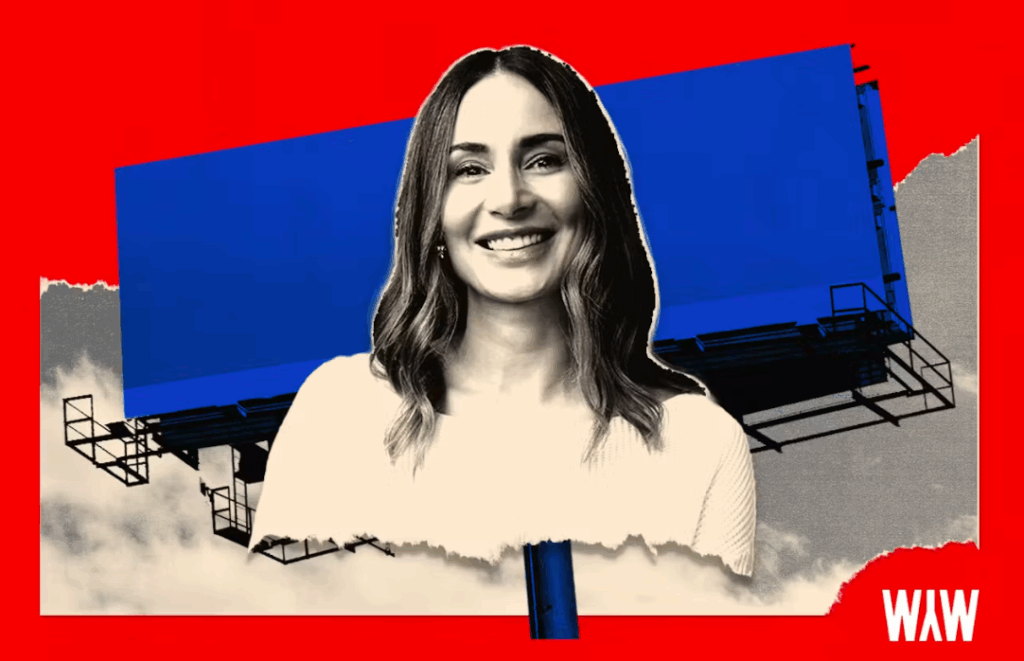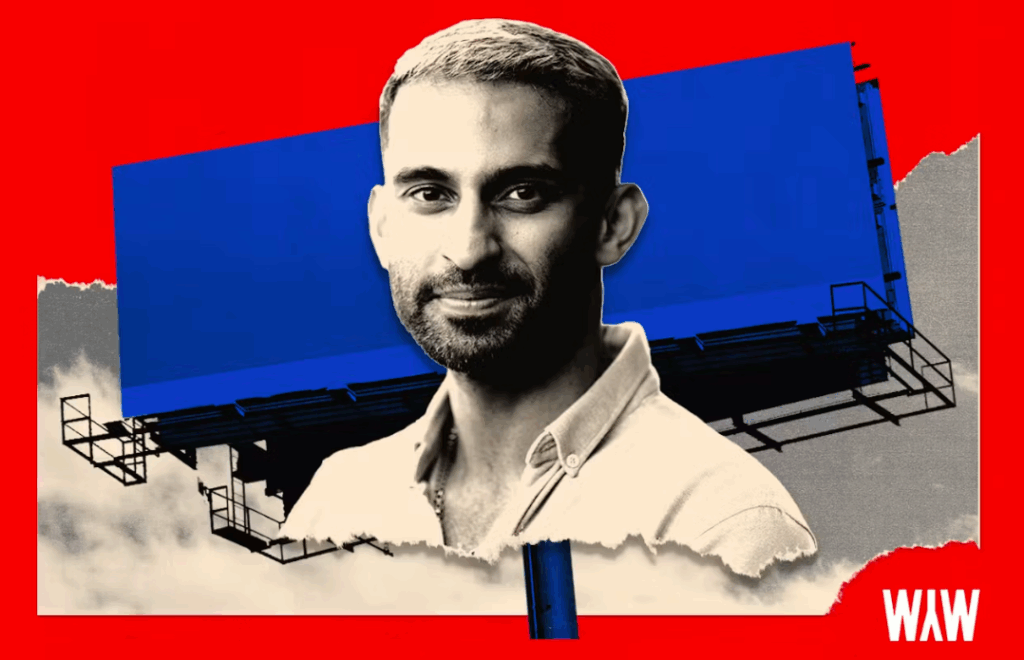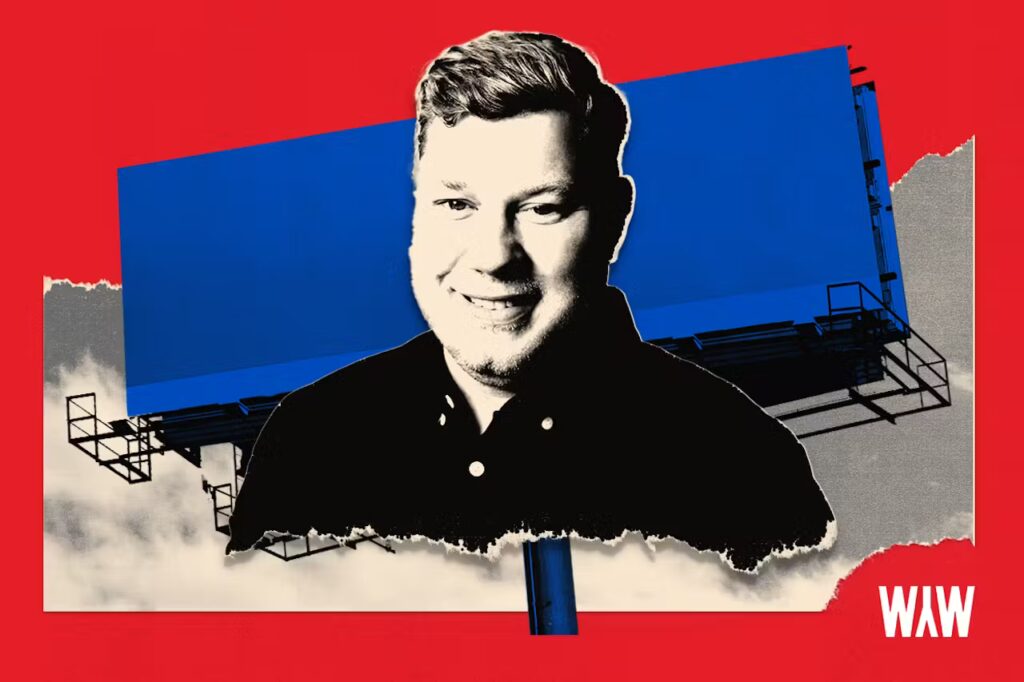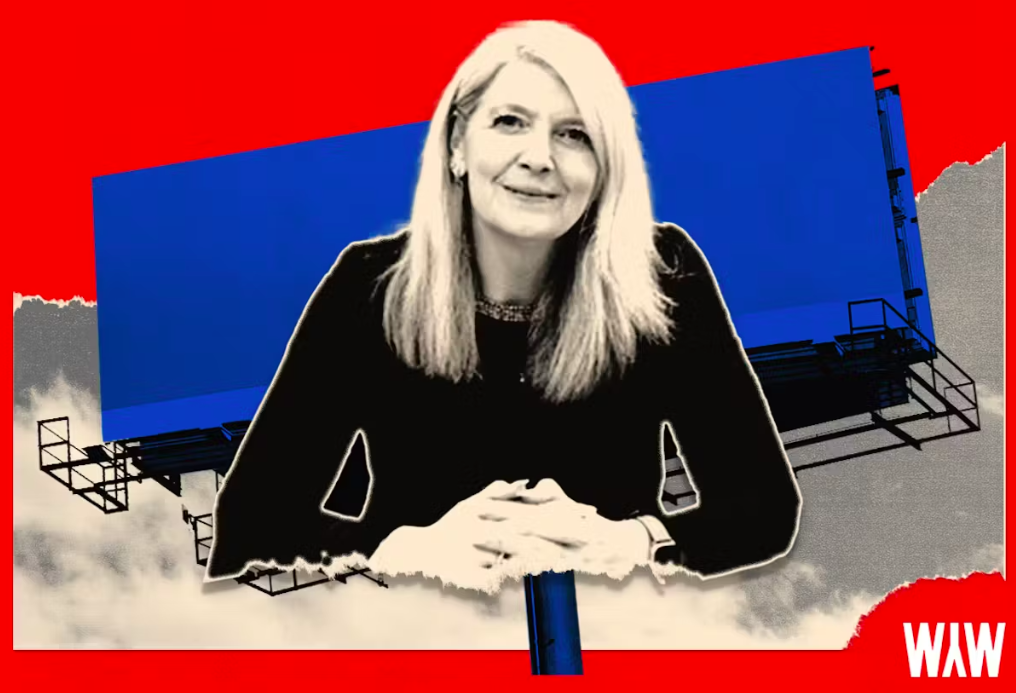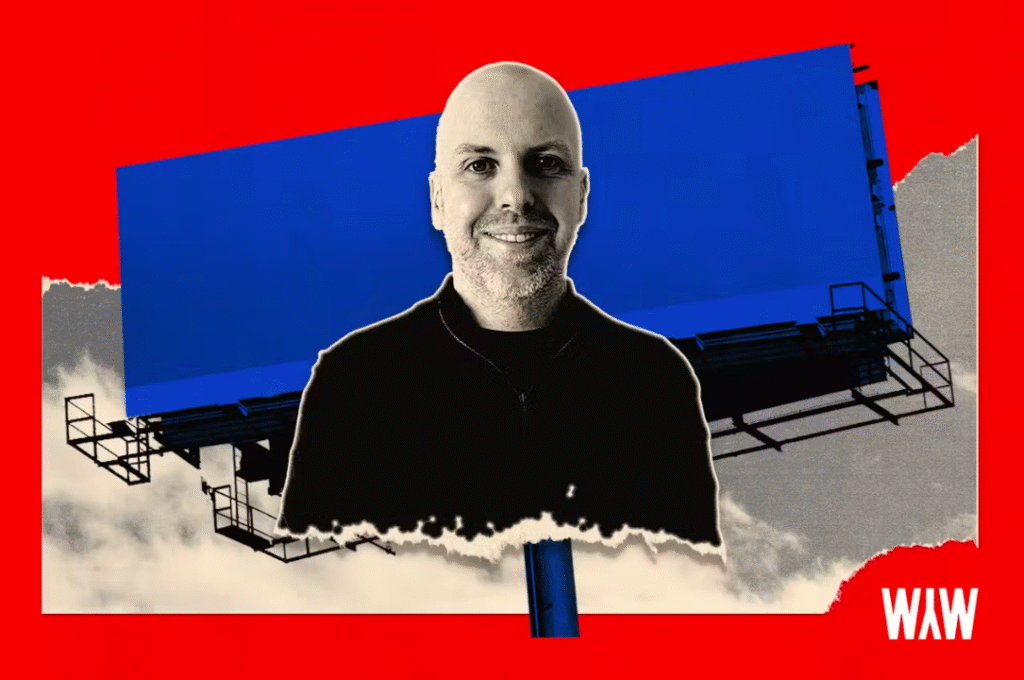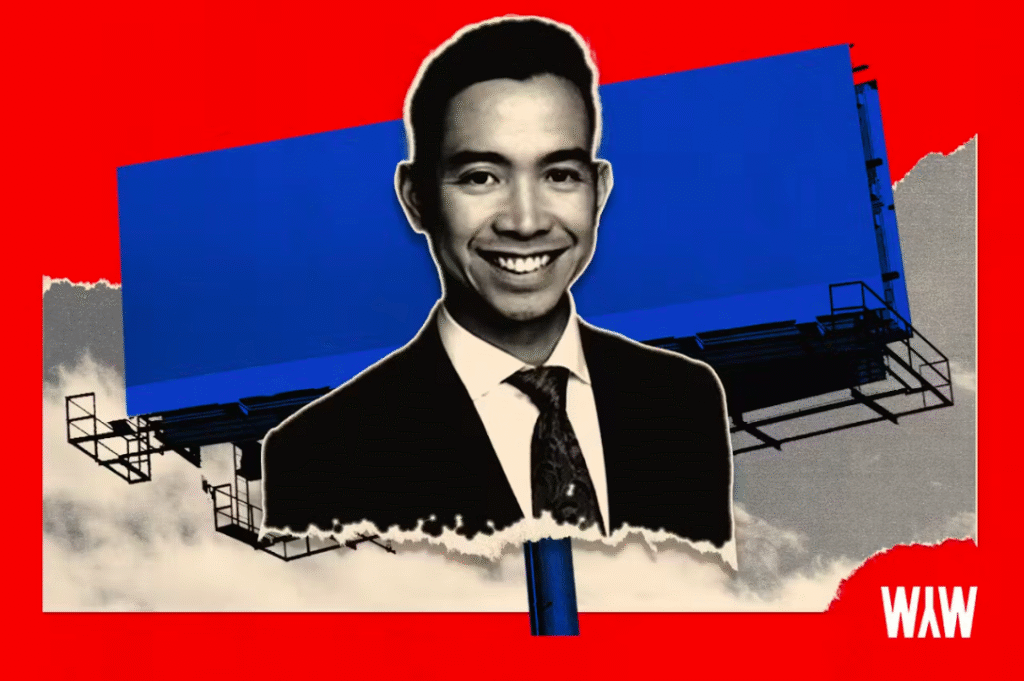The well-traveled travel marketer tells Tim Healey how Club Med uses innovations like digital wristbands and WhatsApp bots to enhance customer experience rather than just chase efficiency.
You’ve held senior marketing roles at the Philippines Trade and Investment Centre, the Philippines Embassy, Malaysia Airlines and now Club Med as marketing director for the UK, Ireland and Nordics. Can you walk us through your career journey in the travel industry?
I don’t think I’ll ever leave as it’s an industry that I love and enjoy. It has been nearly 20 years. It’s a very welcoming industry that is all about people, relationships and everybody’s innate desire to travel and the joy that great holidays bring.
I started my career working for the Philippines tourism board. At that time, the Philippines – and its 7,000 islands – as a destination was relatively unknown in UK and Europe. In my 10 and a half years there, I had all sorts of roles learning about the industry and learning about marketing in general. My first task was to build the website, at a time when online travel portals were pretty much in their infancy.
I covered all the industry marketing intricacies – from learning PR to travel trade. I was meeting and building relationships with the travel industry in the UK and across Europe too. I had to not only convince tour operators to build holiday packages to the Philippines but also run supporting campaigns and build brand awareness for the destination.
After my 10 years, I was looking for a new challenge and moved to Malaysia Airlines. The business was still recovering from dealing with the aftereffects of two recent major flight incidents. Much of our focus was convincing people that it was safe to fly, reminding customers about the incredible hospitality and our routes, flying from London to the east.
Want to go deeper? Ask The Drum
On top of that, as a business we had to get back into the black from the red, which we did for the UK route. Covid had a massive impact on the airline too. Pre-Covid, the airline flew twice daily, direct from London to Kuala Lumpur and then its connecting flights beyond. During the height of pandemic, it went from that frequency to once a month.
Our communications during this period had to completely change and focus on health and safety. We had to be a source of information for customers who were not necessarily traveling tomorrow but traveling when they had to over the next six months.
Once again, I felt the pull of a new challenge and now I work with hotelier and tour operator Club Med, the pioneer of the all-inclusive holiday, which is celebrating its 75th anniversary this year.
Club Med offer all inclusive holidays across the globe.
What is the offer at Club Med?
Club Med has 70 all-inclusive resorts across the globe. From the UK and in the Northern Europe market, around 75% of our customer base is families. Our resorts go from the Alps for skiing to short-haul and long-haul, from the Indian Ocean to the Caribbean to Asia Pacific.
Club Med invented the all-inclusive concept in 1950 and was also responsible for the inception of the kids’ club concept and the buffet angle all those decades ago.
Most our customers go for one week with their families. Our founder had one vision: the purpose in life is to be happy and the place to be happy is now at Club Med.
Club Med’s innovative resort wrist bands all easy access for guest services
Looking at Club Med’s financial reports: 2023 was a record year of sales with the UK becoming a key contributor to Club Med, with business growth of 30% last year. Club Med has credited travel agents for helping it achieve its 180% increase in bookings for its 2026 Winter Sale. The first two days of the sale this year surpassed booking levels recorded in last year’s week-long campaign, which in itself generated three times more. Congratulations…
Thanks for bringing that up. It was a big effort across all our teams and partners over the course of February 2025. We opened sales for ski resorts back in Feb, for one week only, meaning it’s on promotion for only the first week.
There are the biggest discounts and the widest room offerings that you can get as a customer, including peak holiday times. We include Christmas, New Year and February half term – all the big dates that families would want to book.
We did months of work to ensure all the tools worked. We really convinced our loyal customers and new customers why they should book during the sales opening. We ‘re up against the commonly held belief that ‘there will always be a last minute offer somewhere.’ That might be the case, but you don’t always have the wide availability for rooms, especially interconnecting family room types, which are super popular, especially with older kids or two families wanting to travel together.
We also engineered promotions for the big dates, such as Christmas and New Year, and as a customer you can hedge against inflation too. You pay a very low deposit. Our deposit is about £150, not including the cost of the flight. Then you lock that price in with the rest payable anytime up to three months before your departure.
Bringing this whole initiative together across all of our teams and all of our travel agent partners was hugely successful. 70% of those booking were loyal customers, but on top of that, we managed to recruit 30% new customers to book during that week.
It’s a family holiday traveling during peak weeks – typically for a family of 4 – so the average basket value was over £10,000. What really stood out was how you demonstrate value. In all of our communications, we needed to go against the normal marketing norms.
We had to be succinct and really convince the customers why they need to book early and show them all of the benefits. We sent about 65 emails over the course of two months, but our click-through rates remained positive.
Club Med’s ‘pop-up shop’ in London allowed customers to book their holidays in person.
What’s coming up in the next 12 months for you and your team at Club Med?
We’re about to launch our ‘Winter ’26 Sales for both ski and sun holidays’ for departures between November and May 2026. We have a couple of new consideration ad campaigns going on as well to promote the brand even more during this key booking time. [The aim] is to convince customers who want to spend Christmas and New Year in in the Alps or somewhere exotic.
There’s been a lot of work happening in the background to make this all as smooth as it sounds. There’s been training and learning with our call center teams to ensure they can cascade the right selling points to our customers. The Christmas bookings are especially fun, as there’s a full festive program: Santa Claus, gift opening, special activities, special festive Christmas lunch on Christmas Eve and Christmas Day. Hopefully their experience is first-class and then they book again.
Following that, we will have our Summer 26 Sales Opening in October for travel next year. We have an exciting product that will be launching, which customers will be able to buy and reserve. Club Med is opening a brand-new resort in South Africa, located on the Dolphin coast near Durban, and we are all extremely excited for it.
Club Med have been providing skiing holidays for families for almost 80 years.
How is your marketing team structured?
I have a team of nine based in London. We’re looking after everything from digital media to e-commerce – our website, which has been built from the ground up. We have a CRM team, who look after CRM and loyalty and are responsible for communications going in and out from automated to campaign.
We have a PR and content team too, generating all of our earned media. We also have B2B marketing and campaign planning staff who work with the travel agents and tourism boards so that we all align and our combined effort boosts all of our joint goals.
We are supported by a substantial team at the Club Med HQ in France. The wider team there does all the content and brand identity, creates and manages our brand-building assets, and [handles] all of the media buying with Meta and Google after the strategy has been defined on our side. There is also a wider CRM team that supports us.
There’s a considerable amount of knowledge-sharing, both with our HQ and our counterpart teams in other countries looking after different regions. We regularly share best practice with our teams across the world, including our business units based in North America and Asia Pacific, to ensure we achieve our objectives.
Running special offer discounts for booking holidays months in advance has driven up sales.
Drawing on your leadership expertise, what has your career taught you that helps you to make a great team?
Having your team being accountable and also responsible is key. Over the last year, we rebuilt the marketing team with a number of new hires. We ensured that they have the right skills, and also spent a lot of time explaining what’s expected of them, so that ultimately they have autonomy and are able to develop and learn on their own. The team is now fully up to speed and three times more autonomous than they were a year before. This, in turn, has positively impacted on the team who are now even more agile and able to take on more activities. This has enabled us to scale up with the same resource.
Features in Condé Nast continue to spread the word about Club Med’s luxury resort holidays.
What are the pros and cons of AI in marketing?
We’re a hospitality brand. We have to ‘deliver joy’ and part of that is delivering an excellent customer experience – end to end. From where our customers find our brand through the booking process and all the way to post-holiday retention, we need to take care of the entire funnel. So, our decision-making is based on how these tools will power the best customer service that we can provide as a hospitality brand.
A great example is the recent move by our CEO to introduce digital bracelets for our customers. These replaced the outdated hotel key cards, and all the problems that hotel key cards have, such as the magnetization if you put one next to your credit card, leaving your card behind in your room or the inconvenience of having to carry your credit card wallet around with you all day in case you need to make a purchase.
The digital bracelet is a secure, convenient way to access your room and buy things while you are in our office, our resorts or hotels. Another great feature is when you’re on a ski holiday: you tap your bracelet to open your ski locker and all of your pre-arranged gear is inside. We understand that simply traveling to a resort with younger children is demanding, so we’re trying to remove the friction.
We have a data factory, a data management platform, that connects all these customer data points together. All of this new functionality plays an important part in helping Club Med understand its guests. It analyzes data from more than one million customers a year, which equates to 1.2 billion data points, at roughly five million data points processed a day, which we have had since 2022.
One of the tools we launched late last year was on WhatsApp. We wanted to be able to better support customers at our call centres, so we now have an AI bot that is able to answer requests, and this has already seen a considerable adoption.
For example: you want to go to a specific resort, on a specific date, from a specific airport – and you want all of this for a family of four. We’ll provide the code, and once you click on it, it will send you to quite an advanced step in the booking process – the part where you select your accommodation.
All of our technology comes back to the ethos of trying to provide a seamless customer experience – from the booking process to the actual holiday of the customer. Club Med has always been innovative and improving. Our business needs are always focused on improvement.
A typical Club Med holiday offers activities for the whole family.
What’s your first memory of a marketing success that you were part of where you felt this is the role for me?
I realized early on that the travel industry is all about building and maintaining relationships. That’s why I love it. First, you meet a potential new partner, whether that’s a travel agent, tourism board or a journalist. Next you set out a common goal with shared KPIs: what you want to achieve and the parameters around how to achieve that.
Then, being able to overachieve is hugely rewarding. It has been the same feeling for me since 2006, when I joined the industry, and it’s still the same today. That bond you form – as part of relationship building – brings a big sense of achievement because it’s not just about your success; it’s also about the success of your partner, whom you have chosen to work with.
Could you tell us about a customer research discovery you’ve made that you found surprising?
With our brand activity. We don’t have unlimited budgets, so we have to be careful, targeting the right demographic at the right time to avoid wastage. We measure the effectiveness of all of our activities, but with brand work, that can be trickier. We wanted to better understand ‘purchase intent’ after customers see our adverts.
We tracked this in the second half of last year, and were surprised to find that purchase intent was high. 56% of those who saw our campaign said that they would, in the short term, want to consider purchasing a Club Med holiday for their family. We expected it to be a positive but it was considerably higher than we had estimated.
Our next challenge was, given this high level of purchase intent, how can we capitalize on this? How can we tweak our content even more to make sure that customers come back to us and purchase at the right time for them to buy a holiday? We increased our acquisition activations and leveraged our marketing tools so that we could reach customers at the precise time that they’re looking for snow holidays or winter sun, for example.
What myth about marketing would you most like to bust?
I’d flip this round and share with you what I have learned about marketing over nearly two decades in the industry. First: marketing is commercial. Every action and initiative, big or small, has to drive towards the commercial targets and be able to do that consistently. If you find something works then you need to work out how you double its effectiveness in the next year. This can be a challenge with incremental increases or sometimes decreases in marketing budgets. But it is possible if you are careful and become more targeted with your activities.
What advice would you give your younger self if you could go back in time?
I would build more relationships, continue my inquisitive nature and always ask questions. Marketing is about constant learning. The way of doing marketing this year is very different from what it was two years ago: the technologies change, customer behavior changes and evolves. As marketers, we must always be asking: how do you reach your customer with that change in behavior?
Better yet, if you’re able to influence or change their behavior in some way, then you’re already ahead of the curve. I would also encourage my younger self to learn from other verticals and from my peers within your team and from other departments within your business.
Learning never stops. Always ask questions. If you do this, you’ll have enough tools and processes to be able to craft the right strategy and be able to move forward and hit your commercial targets.
Club Med’s wristband system ensures that your pre-hired skiing equipment is ready for you upon arrival in your skiing resort – saving holiday-makers precious time.
Could you tell us something that maybe not a lot of people know about you?
It’s probably no surprise, but I love to travel. I travel as much as I possibly can. I used to ensure I visited four new countries a year. I’ve been to 16 Club Med resorts in over two years, which equates to one resort roughly every two months. Visiting the short-haul ones is easier but I still continue to explore and learn more about new resorts, cities and destinations.
I love learning about different cultures and of course cuisine. I’m a massive foodie. We tend to check out the best restaurants and there have definitely been times where food has framed and defined the itinerary of a holiday.
What question would you like me to ask the next senior marketer that I interview?
What is the biggest challenge that they’ve had over the past six months that has reframed a large chunk of their strategy for the next year ahead?
Your question from a senior marketer. “My son is 19: should I tell him that he should pursue a career in marketing?”
Absolutely. Marketing is an essential part of any organization. It’s a role that touches most business departments. There’s finance – you have to justify your budgets and clean those accounting and PNLs at the end of every month and year, to make sure you’re not overspending or underspending.
You’re working closely with sales, HR, and there’s admin too. You must also work closely with senior stakeholders: you have to justify your budgets with your strategies and be able to be agile and flexible. And of course, as a marketer, you must identify the core business offering and understand your customers.
Only marketing and finance work with all the different departments within a business. As a 19-year-old, if you want to learn about all the different aspects of an organization, then a role within marketing will ensure that you do that.
Clubs for children within the resorts keep younger guests entertained.
If there’s one thing you know about marketing, it is…
Relationships. It’s the relationship with your internal teams: to be able to work together, to collaborate, to grow together and to achieve common goals with your external partners as well.
You might die tomorrow so make it worth your while. Worth Your While is an independent creative agency helping brands do spectacular stuff people like to talk about. wyw.agency.
This interview has already appeared in The Drum. Discover the best campaigns, industry insights and interviews from world-leading marketers, creatives and more.

